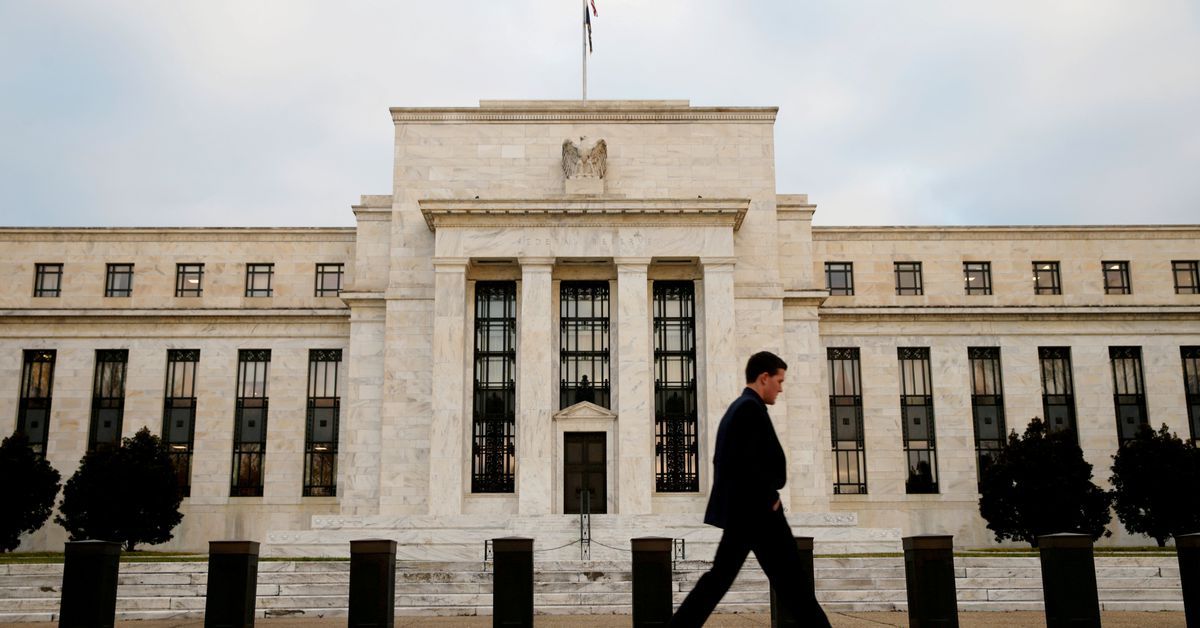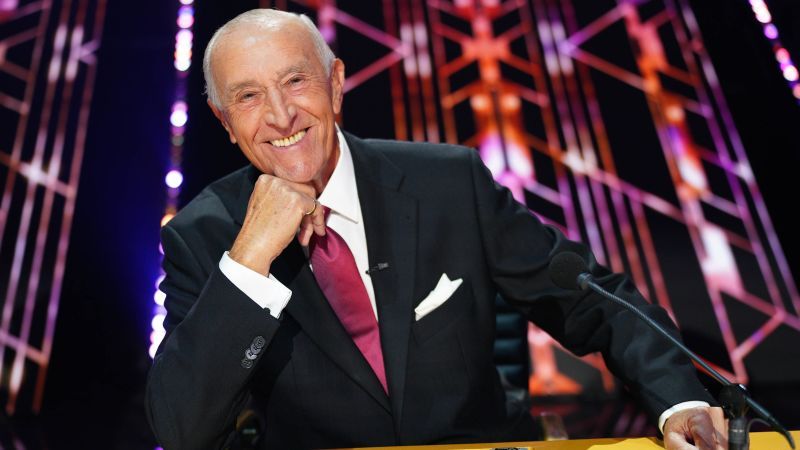Fed in stride to pole-vault 5% policy rate, then perhaps catch its breath
WASHINGTON, May 2 (Reuters) - The Federal Reserve kicks off a two-day policy meeting on Tuesday that is likely to push the U.S. central bank's benchmark overnight interest rate to its highest level in nearly 16 years, hitting a potential plateau that will test the economy in a way not seen since the onset of the financial crisis in 2007.
It will mark the Fed's second straight meeting convened in the aftermath of a major U.S. bank failure, with JPMorgan's Federal Deposit Insurance Corp-brokered takeover of First Republic Bank on Monday the latest evidence that the central bank's historically fast run-up in interest rates is being felt in the financial system and potentially beyond it.
Global central banks are all now edging their way towards a possible stopping point for rate increases after aggressively tightening credit conditions to tame the worst outbreak of inflation in 40 years. The Fed's meeting will be followed with expected rate increases by the European Central Bank on Thursday and the Bank of England next week.
But the U.S. central bank is furthest along in the process, and may signal that this week's rate increase is the last, at least for now. A pause could allow time to see how the economy adjusts to higher borrowing costs and tougher banking conditions, and whether inflation falls.
Much remains unsettled. The economy is showing signs of ongoing strength as well as signs of a slowdown. Inflation has been edging down, gradually, with the main price index the Fed watches still more than double the central bank's 2% target. Bank lending has stabilized after a roughly 1.7% drop in mid-March after the failures of Silicon Valley Bank and Signature Bank, but a survey of lending officers to be presented at this week's meeting is expected to signal tighter conditions ahead.
Given the tensions, "our base case remains that the May hike will be the last of this cycle as the economy responds to the tightening to date," said Matthew Luzzetti, chief U.S. economist at Deutsche Bank. But "we see risks tilted toward another increase in June. (Fed) Chair (Jerome) Powell is likely to emphasize the continued need for a hawkish bias to tame inflation, but not commit to any decision at the June meeting."
The Fed will announce its policy decision at 2 p.m. EDT (1800 GMT) on Wednesday. Powell will hold a news conference half an hour later.
'SET THE STAGE'
The expected move on Wednesday would be the 10th straight rate hike since March 2022, a tightening drive that will have seen the federal funds rate rise a full 5 percentage points - an average of half a percentage point at each meeting.
By contrast, when the Fed started tightening policy in June 2004, on the threshold as it turned out of what would become a destabilizing real estate bubble, it moved in "measured" quarter-percentage-point steps from 1% to around 5.25% over two years.
The anticipated quarter-percentage-point increase on Wednesday will put the target federal funds rate at roughly the same spot, between 5% and 5.25%.
That's the level most Fed officials last December and in March said they felt would be a proper stopping point, high enough to continue slowing inflation without, they hope, causing more of a slowdown in the economy - and more job losses - than needed.
The test of that judgment begins now, with two comparable moments to measure against - the 2004-2006 rate hiking cycle that ended with a cataclysmic recession, and the "great moderation" of the 1990s when the Fed alternately raised and cut rates to manage nearly a decade of sustained growth.
Reuters Graphics
Despite some financial market volatility, key parts of the real economy have motored along, with continued job growth, ongoing wage increases, and unemployment now lodged around a low 3.5% rate.
Torsten Slok, chief economist with Apollo Global Management, wrote on Monday that, based on the lag between past rate hiking cycles and the subsequent rise in joblessness, he anticipates unemployment will rise "within the next couple of months."
"It usually takes 12 to 18 months for the Fed to soften the labor market and today is no different," he said.
The U.S. government will release its monthly employment report on Friday.
With this rate increase, Fed officials will hit a level that will be about 1 percentage point above the rate they consider to have a neutral impact on economic activity. That "restrictive" rate should cause households and businesses to curb spending and hiring, slowing inflation in the process.
It may, however, take a while.
Analysts expect the Fed from here to adopt a meeting-by-meeting strategy of watching data to see if inflation declines as anticipated, shows signs of persistence that require even higher rates, or falls so fast it warrants a rate reduction.
Once the federal funds rate went above 5% last time, the Fed held steady for just over a year, until a developing crisis in mortgage markets prompted the start of aggressive rate cuts that drove that rate to the near-zero level by late 2008.
Levels of household leverage and the health of home values are far different now. But the sheer speed of the recent rate hikes has arguably added to bank stress, and a different set of issues related to the pandemic, in particular the health of the commercial real estate market, could fester.
Still, Fed officials have been adamant they will pin rates at a high level until they are sure inflation is broken - and will likely stick to that bias even if they open the door to a pause.
The meeting this week "will likely set the stage for a ... period where hawks and doves duke it out over the June policy decision," said Joe Brusuelas, chief U.S. economist at RSM. "Powell will likely eschew any idea that a rate hike pause is a foregone conclusion."
Reporting by Howard Schneider; Editing by Dan Burns and Paul Simao
Our Standards: The Thomson Reuters Trust Principles.
Source: Reuters


